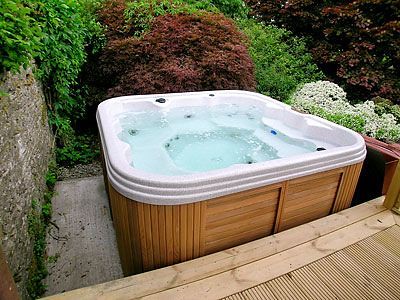Dumbarton
Dumbarton stands on the confluence of the River Leven and the River Clyde, some 15 miles downstream from Glasgow.
It was the emergence of shipbuilding and marine engineering on the banks of the River Leven which gave a real impetus to the growth of Dumbartonshire. For the next 100 years, all types of ship were built. One of the first helicopters actually capable of flight was constructed in one of the shipyards in Dumbarton in 1909. The town's last shipbuilding yard, William Denny & Brothers, closed down in 1963 and Dumbarton had to seek new industries for its population. Today, whisky distilling, with its related trades, and light engineering have taken the place of the old heavy industries.
In the last 25 years Dumbarton has undergone great changes. The old centre was swept away and replaced by a new town centre, which included a civic theatre and community halls. Most of the old buildings along the south bank of the River Leven were demolished to make a car park and walkway, and a new road with an accompanying new road bridge over the Leven have been built to take traffic away from the High Street.
Dumbarton is the administrative centre of West Dumbartonshire, and within its boundaries are the main offices of the Local Authority . Dumbarton has three secondary schools and seven primary schools, and is well served by public transport. In recent years, a considerable number of attractive private residential developments have been built which complement the existing housing stock, both public and private. The town has three public parks, a theatre, a large public library, sports complex and leisure pool.
Region
Central ScotlandTravel Directions to Dumbarton
Local Sights & Activities for Dumbarton
Dumbarton Castle
Dumbarton Rock stands above the River Leven where it merges with the Clyde and is the town's most famous ancient building the castle which stands 240 feet up on the Rock, dominating Dumbarton and forming a prominent landmark on the Clyde. The Rock, whose name is a corruption of Dun Breatann or Breatuin meaning "the hill or fort of the Britons," has been fortified since prehistoric times. The castle was a royal fortress long before the town became a Royal Burgh, its ownership from Scottish to English and back again. Prominent during the Wars of Independence, it was used to imprison Wallace for a short time after his capture. It was from here, too that Mary, Queen of Scots, as a child was conveyed to France for safety. She was trying to reach Dumbarton Castle when she suffered her final defeat at Langside.
Dumbarton Hotels & Accommodation
Dumbuck House Hotel is a lovely, fully refurbished Mansion House in Dumbarton. Late Rooms Availability for Dumbuck House Hotel in Dumbarton
The Abbotsford Hotel is a fairly modern functional hotel not far from Loch Lomond. Has it's own nightclub. Late Rooms Availability for Abbotsford Hotel in Dumbarton


